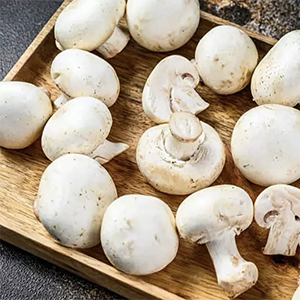Safety and commercial issues in fresh mushrooms and mushroom-based products sold at retail in Tuscany region

Accepted: 11 April 2022
HTML: 8
All claims expressed in this article are solely those of the authors and do not necessarily represent those of their affiliated organizations, or those of the publisher, the editors and the reviewers. Any product that may be evaluated in this article or claim that may be made by its manufacturer is not guaranteed or endorsed by the publisher.
Authors
The compliance to European and National safety and labelling requirements relating to the sale of spontaneous and cultivated mushrooms and mushroom-based products in Tuscany was assessed. The evidence was collected by the Mycological Inspectorate of North-West Tuscany Local Health Authority during 90 inspections (from 2016 to 2020) at large-scale distribution stores, wholesalers, and restaurants in 10 cities belonging to 3 provinces, and on the labelling analysis of 98 commercial products collected at retail in 2021. Despite a substantial compliance of the inspected activities and products with the regulatory requirements, critical issues were highlighted: 1) EU legislative gap in the definition of specific measures for the safe sale of spontaneous mushrooms; 2) improper shelf storage temperatures of fresh-cut products; 3) incorrect condition of use on the labels of pre-packaged products; 4) lack of countryof- origin declaration in pre-packaged products. Furthermore, the labelling analysis highlighted that 18.4% and 15.3% of the products presented issues in the validity and correctness of the scientific names respect to national requirements in. A revision of the current EU legislation is needed to guarantee consumers safety, also considering the relevant number of poisoning cases related to false mycetisms (ingestion of edible mushrooms unproperly stored or used). Also, a specific revision and harmonization of the EU labelling of mushrooms would be desirable to protect consumers.
How to Cite
PAGEPress has chosen to apply the Creative Commons Attribution NonCommercial 4.0 International License (CC BY-NC 4.0) to all manuscripts to be published.

 https://doi.org/10.4081/ijfs.2022.10044
https://doi.org/10.4081/ijfs.2022.10044



